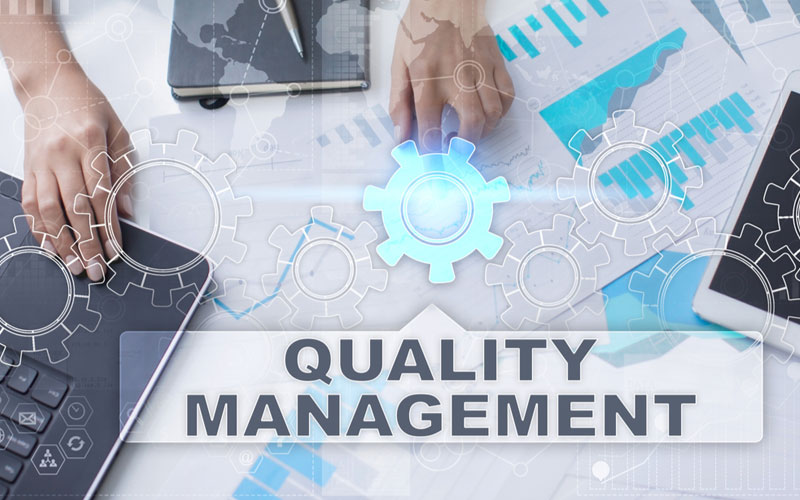Total Quality Management (TQM): Tool Box for Continual Improvement

QM-851
Course Objectives
By the end of the course, participants will be able to:
- Explain the importance of quality models and identify various quality concepts and frameworks used by quality gurus
- Discover the success elements of Total Quality Management (TQM) deployment
- Use TQM improvement tools to enhance customer satisfaction and improve processes within their organization
- Describe various types of benchmarking tools and techniques to boost quality initiatives
- Apply widely used improvement methodologies
Who Should Attend?
Individuals, managers, supervisors and all those who are engaged in quality models, awards, ISO and TQM implementation as well as improving organizational performance.
Course Outline
-
Introduction to total quality management concepts
- Definition of quality and quality models
- History of quality
- Defining TQM
- TQM critical success factors
- The relationship between ISO 9000 and TQM
- Benefits of implementing a quality model
- The cost of poor quality
- Comparing the gurus (Deming, Crosby, Juran, etc.)
- National quality awards:
- The Malcolm Baldrige national quality award
- Selecting the right model for your organization
- The quality maturity ladder
-
The success elements of TQM
- Customer driven quality
- Plan, Do, Check, Act (PDCA) model
- Eight-step problem solving methodology
- Process thinking
- Eliminating the non value added
- Management by facts and data
- Continual improvement and Kaizen
- Enhanced employee participation and decision making through idea generating systems
- Employee reward and recognition
-
Improvement tools and methodologies
- What is a quality tool
- The seven quality control tools
- Cause and effect diagram, check sheet, control charts, histogram, Pareto chart, scatter diagram, stratification
- Brainstorming
- Tree diagrams: how-how and why-why diagrams
- Force field analysis
- Affinity diagrams
- Process mapping: ‘the turtle’
- Poka yoke
- Lean thinking
- The seven types of waste in organizations
- Visual management and the 5S program
- Six sigma
-
Benchmarking as a tool to improve quality and business processes
- Definition of benchmarking and reasons to benchmark
- Levels of benchmarking
- Pros and cons of different benchmarking approaches
-
Elements of a continuous improvement process
- The eight steps to achieve improvement
- Critical success factors and common failure factors in TQM



